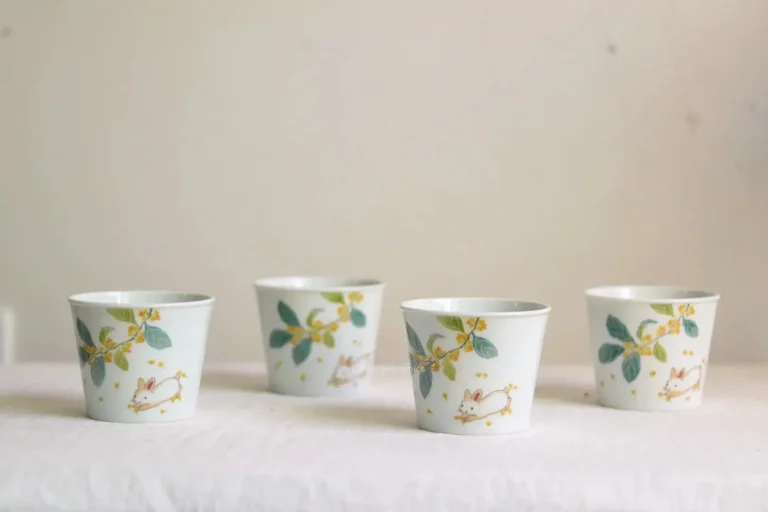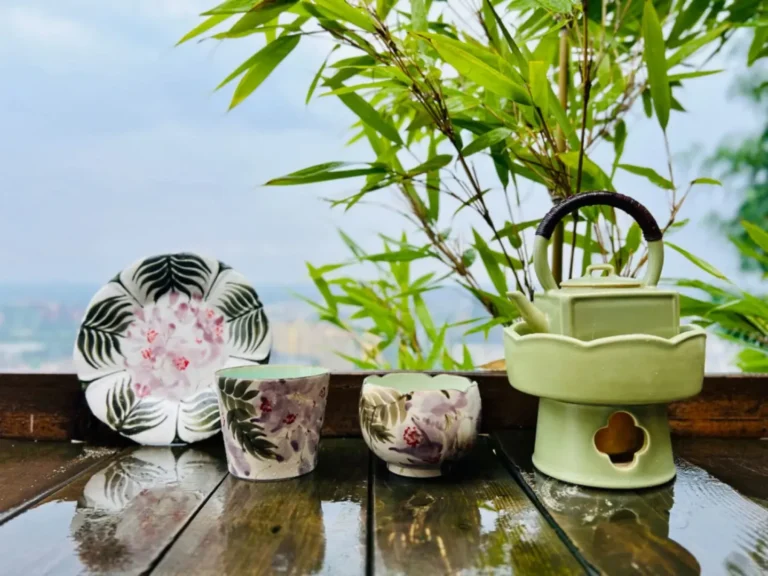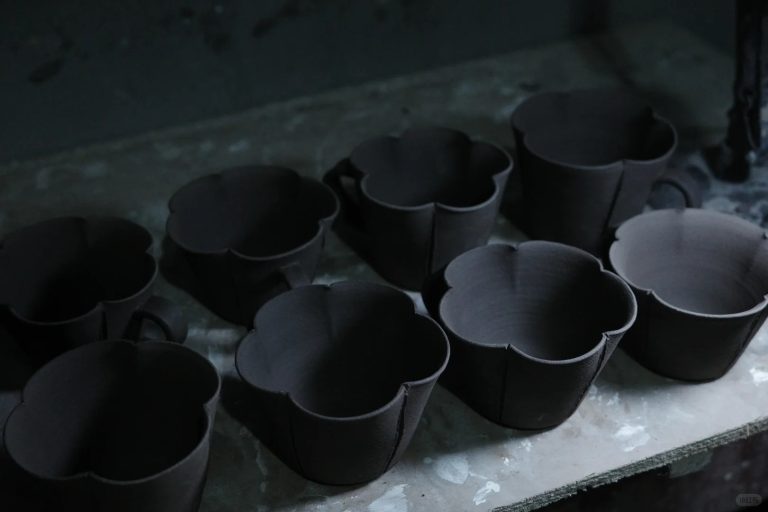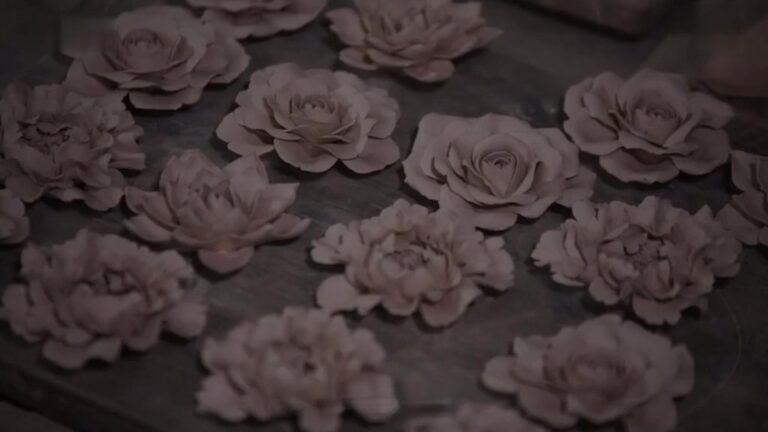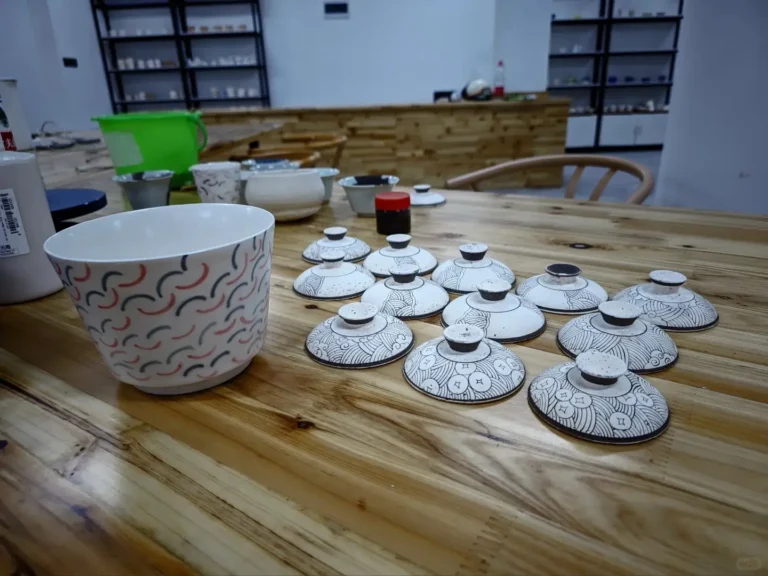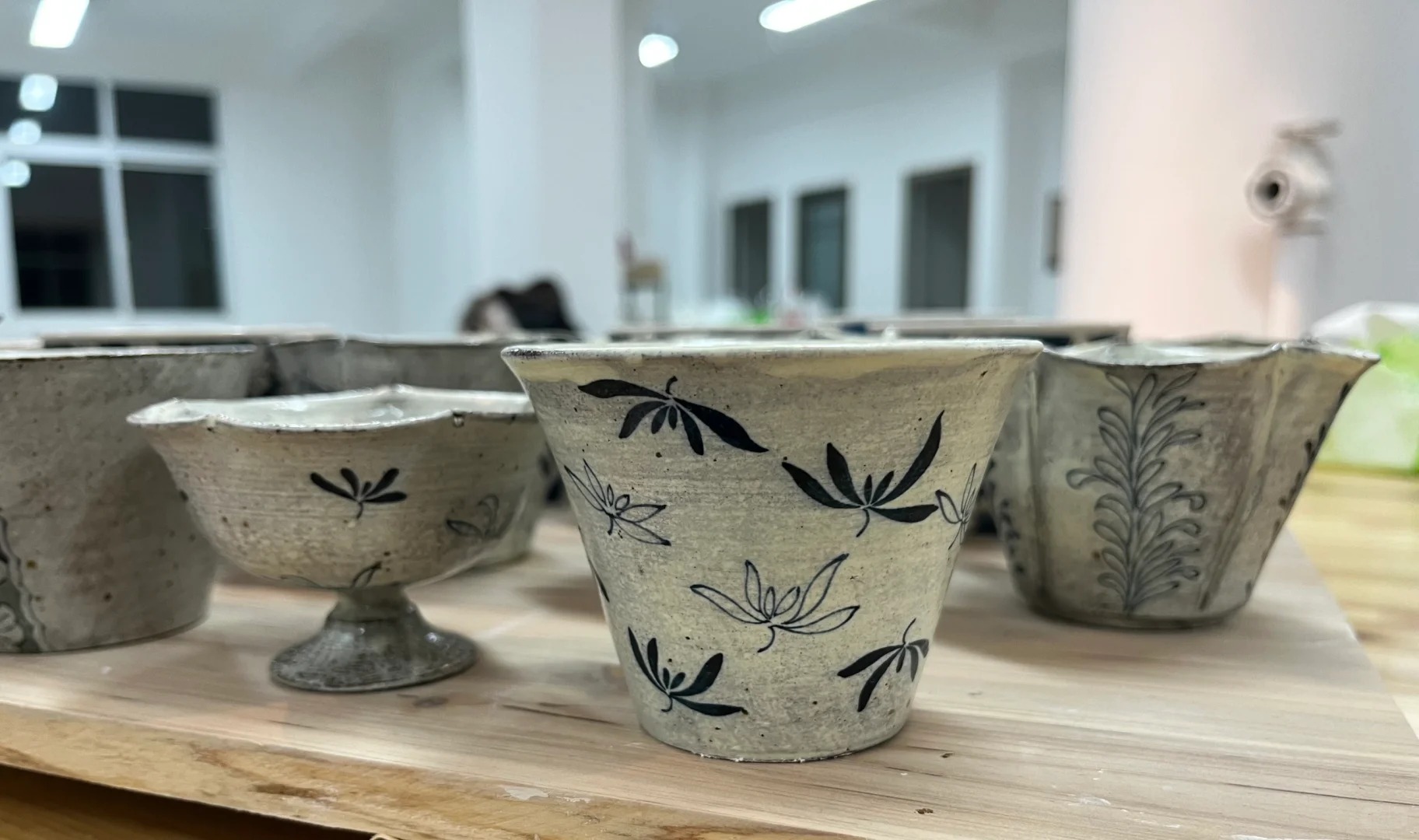Handcrafted wedding ceramics have long been an essential part of Chinese wedding traditions, especially in grand weddings of emperors and nobles.
Weddings have always been one of the most important traditional ceremonies in China, highly respected by the public. Since the Zhou Dynasty, weddings have followed a set of established rituals, passed down through generations. The weddings of emperors and nobles were known as “grand weddings,” marked by elaborate and formal ceremonies, with meticulous preparations.
The grand wedding of Emperor Tongzhi during the Qing Dynasty was an extravagant celebration, surpassing the scale of the grand weddings held during the Shunzhi and Kangxi reigns.
This event was marked by its unmatched grandeur and elaborate ceremonies, making it one of the most lavish royal weddings in Chinese history.
On September 15th, 1872, the 11th year of the Tongzhi reign (1872), Aisin Gioro Zai Chun (Emperor Tongzhi) married Alute Shi in a grand wedding ceremony. The wedding required a vast array of items, and porcelain was one of the most important necessities among them.
This type of handcrafted wedding ceramics was specially crafted by the imperial kilns of Jingdezhen,
following the will of the highest rulers. It served as a key cultural symbol of royal weddings and represented the opulence of the imperial court.
The exquisite luxury of these handcrafted wedding ceramics not only highlighted the grandeur of the ceremony but also reflected the supreme authority of the emperor.
The grand wedding of Emperor Tongzhi during the Qing Dynasty was a monumental event, requiring a wide range of items, with porcelain being one of the most crucial elements.
So, how exactly was the wedding porcelain crafted, and what were its shapes and patterns? Let’s take a look!
If you received such a gift at your wedding, would you like it?
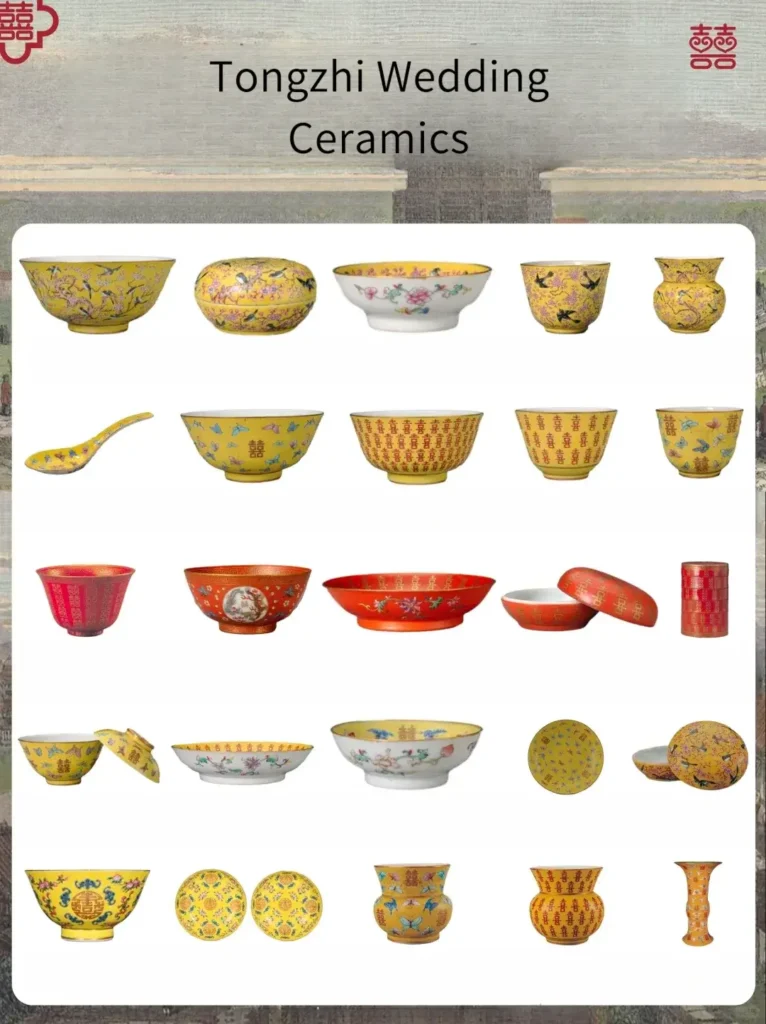
What is Handcrafted Wedding Ceramics?
Since ancient times, imperial weddings have been grand events, often seen as a major occurrence for the entire dynasty. Among the emperors of the Qing Dynasty, only Shunzhi, Kangxi, Tongzhi, and Guangxu held their weddings after ascending the throne, with the ceremonies taking place within the Imperial Palace. Among these, the wedding of Emperor Tongzhi was particularly extravagant, as it was orchestrated by Empress Dowager Cixi, adding a layer of unmatched luxury and splendor.
A grand wedding requires a wide variety of items, with porcelain being one of the most important. Since wedding porcelain was crafted according to the emperor’s will, there were strict regulations governing its glaze color, thematic patterns, inscriptions, and more. These handcrafted wedding ceramics were distinct from ordinary tableware, embodying the grandeur and symbolism befitting a royal wedding.
Under the direct supervision of Empress Dowager Cixi, the porcelain produced by the imperial kiln was especially luxurious. To prepare for the grand wedding of Emperor Tongzhi, the wedding porcelain, primarily consisting of tableware and daily-use items, took four years to complete. The range of items was vast, and the quantity was enormous.
As wedding porcelain, the entire set emphasized a “celebration” theme, with the designs and details reflecting the festive and joyous nature of the occasion.
Features of Handcrafted Wedding Ceramics:
1.Symbolizing Good Fortune – Handcrafted Wedding Ceramics
In line with the royal atmosphere and to enhance the celebratory mood of the grand wedding, the production of the Tongzhi wedding porcelain emphasized rich colors, fine craftsmanship, and symbolic meanings of good fortune.
From the various floral patterns on the wedding porcelain, phrases like “Magpies on Plum Blossoms,” “Longevity Without Boundaries,” and “Endless Blessings and Longevity” clearly reflect the intentional pursuit of auspicious motifs in the design. This aligns with the Qing Dynasty imperial kiln’s aesthetic principle, which emphasized that “every decoration must carry meaning, and the meaning must be auspicious.”
2. Porcelain Patterns – Handcrafted Wedding Ceramics
The patterns on Qing Palace porcelain refer to paper designs created by court painters based on the emperor’s instructions. These designs include the shape, size, and patterns of various porcelain pieces. These porcelain patterns served as the blueprint for porcelain production at the Jingdezhen Imperial Kiln, with production supervised and standardized by the Jiujiang office.
The porcelain patterns are also one of the key materials for studying the production of Tongzhi wedding porcelain, providing insight into the meticulousness and strict standards followed during the creation of the wedding porcelain. This reflects the high level of craftsmanship and precision involved in its creation.
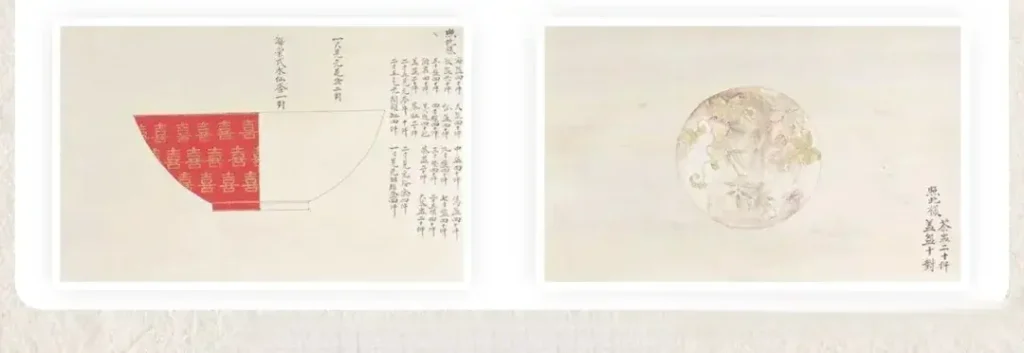
3.Exquisite Glaze Colors
The glaze colors of the handcrafted wedding ceramics are strikingly beautiful, often featuring vibrant colors as the base. The most common color is yellow, symbolizing royal dignity, with porcelain pieces in yellow backgrounds decorated with blue, green, and red glazes. The yellow glaze is rich and bright, while the blue glaze is consistently deep, the green glaze is a rich, vibrant jade, and the red glaze conveys a sense of celebration and harmony.
Artisans used a significant amount of gold in crafting wedding porcelain to emphasize the festive atmosphere, especially when decorating auspicious characters like “喜” (happiness) and “寿” (longevity). The gold detailing sparkles brilliantly, showcasing the opulence and grandeur of royal porcelain.
4.Clear Purpose and Usage
Artisans clearly defined the purpose and usage of the Tongzhi wedding porcelain. They specifically made pieces marked with the “Tongzhi Year” inscription for various royal purposes.These included porcelain for the empress’s use, items for the Imperial Household Department, porcelain for the inner court, tea and food utensils for the Imperial Tea and Food Bureau, and porcelain for prayer and blessings. Each category had its designated function, reflecting the organized and meticulous nature of the royal wedding preparations.
The Jiujiang office supervised the production of the “Auspicious and According to Wishes” marked wedding porcelain, following the Qing court’s royal wedding protocols. Artisans created this porcelain specifically for the empress’s bridal trousseau.
Imperial artisans created the “Long-lasting Joyous Celebration” marked porcelain for use at the Empress Dowager’s banquet events.
Imperial artisans designed the “Combined Joy and Harmony” marked porcelain specifically for the concubines living in Yanxi Hall and Tonghe Hall. They tailored each set to meet the unique needs and ceremonial functions of the royal family, showcasing the imperial household’s meticulous attention to detail in wedding preparations.
5.Set Production
According to the “Qing Palace Porcelain Archives” and surviving historical records, the production of Tongzhi wedding porcelain primarily focused on everyday porcelain items, such as bowls, plates, dishes, small cups, boxes, basins, jars, and soup spoons. This is closely related to the “Yanxiang” (wedding gift box) ceremony in the Qing imperial wedding rituals.
Artisans produced the everyday porcelain pieces for the Tongzhi wedding in complete sets of varying sizes to meet different needs. Artisans carefully crafted each set to meet the formal requirements of the wedding, ensuring they included all essential items and scaled them appropriately for the occasion.
Why were tens of thousands of Handcrafted Wedding Ceramics returned and re-fired?
In June of the sixth year of Tongzhi’s reign (1867), the Jingdezhen Imperial Kiln received an enormous and highly demanding order. The client was none other than Empress Dowager Cixi herself, who wanted to custom-create a batch of exquisite “wedding ceremony porcelain” for her son, Emperor Tongzhi.
Given the immense significance of the wedding and Cixi’s direct involvement, the difficulty of the project was raised to an entirely new level.
Strict Quality Standards and Reworking
Imperial supervisors enforced extraordinarily high standards for porcelain quality and craftsmanship, refusing to tolerate any imperfections. As a result, artisans returned many pieces for re-firing to meet the Empress Dowager’s exacting specifications, despite the vast quantity required. This reworking process underlines the level of precision and care that went into creating wedding porcelain for the imperial family.
Two years later, the Imperial Kiln completed and delivered over 10,000 pieces of wedding porcelain for Emperor Tongzhi’s wedding. However, after inspecting the porcelain, Empress Dowager Cixi expressed her dissatisfaction. She gave a harsh review, criticizing the entire batch as poorly made and unfit for use.
In response, she ordered the Jiujiang office, responsible for supervising the firing of the porcelain in Jiangxi, to replace all the substandard pieces. The emperor’s command required artisans to make all porcelain perfectly, ensuring no crooked shapes and executing designs inside and outside with vibrant, precise colors. They took no shortcuts.
More than two years later, artisans finally completed the second batch of wedding porcelain just in time for the emperor’s wedding. After they re-fired and strictly inspected every piece, the batch was ultimately accepted.The Imperial Kiln took nearly four years and ten months to produce a total of 10,072 pieces of porcelain.
In the end, they delivered a result that met the Empress Dowager’s high standards and satisfied the client, marking a successful completion of the project.
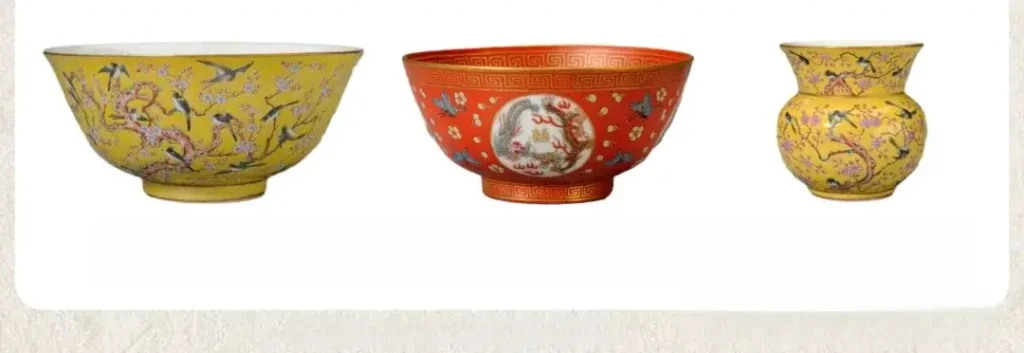
Wedding Ceramic Design
Artisans specially designed the wedding porcelain with unique glaze colors, patterns, and inscriptions to meet the needs of the emperor’s grand wedding and enhance the celebratory atmosphere.
Artisans chose glaze colors that evoked joy and prosperity, using rich and vibrant hues to symbolize good fortune and happiness. They meticulously crafted patterns featuring auspicious motifs-such as dragons, phoenixes, and floral designs-each imbued with symbolic meaning.
Artisans carefully selected the inscriptions to convey blessings of longevity, happiness, and harmony, reinforcing the porcelain’s connection to the wedding’s significance. They tailored every design detail to perfectly reflect the grandeur and festive spirit of the royal celebration.
Glaze Color
The wedding porcelain predominantly used colorful glazes, with yellow being the most common base color, symbolizing royal dignity. On these yellow backgrounds, blue, green, and red glazes were applied to enhance the overall aesthetic.
Artisans used a significant amount of gold in the design to further amplify the festive atmosphere and reflect the grandeur of the royal family. They applied gold to decorate auspicious characters such as “喜” (happiness) and “寿” (longevity), creating a radiant and dazzling effect.This use of gold highlighted the opulence and splendor of the porcelain, emphasizing its status as royal courtware.
Patterns
Artisans often drew inspiration from plants, animals, and characters when designing wedding porcelain. They skillfully combined these motifs to create auspicious patterns, using symbolism, metaphor, and homophones to convey heartfelt blessings.
For example, the combination of plum blossoms and magpies, both traditionally associated with happiness, represented the phrase “喜上眉(梅)梢” (happiness reaching the tip of the brow), symbolizing a joyful and prosperous life. Designers carefully chose these thoughtful combinations of motifs to enhance the celebratory and auspicious nature of the wedding ceremony.
Inscriptions
For the inscriptions, Empress Dowager Cixi, with her deep affection and care, not only issued the “Tongzhi Year” inscription in festive red calligraphy for the wedding porcelain but also included auspicious phrases. These inscriptions featured expressions such as “Auspicious and According to Wishes” (吉祥如意), “Long-lasting Joyous Celebration” (长春同庆), and “Combined Joy and Harmony” (燕喜同和), all in vibrant red.
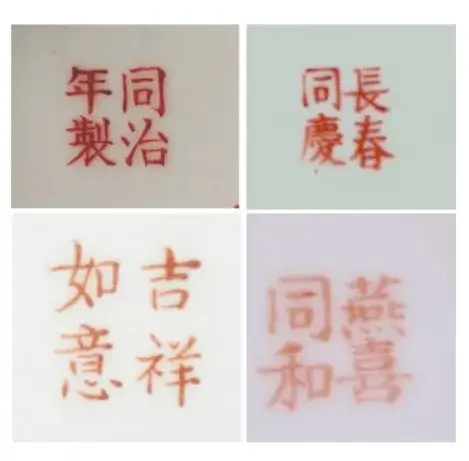
These inscriptions carried meaningful blessings, further enhancing the ceremonial and symbolic value of the porcelain, making it not just a functional object, but a powerful cultural and spiritual gift.
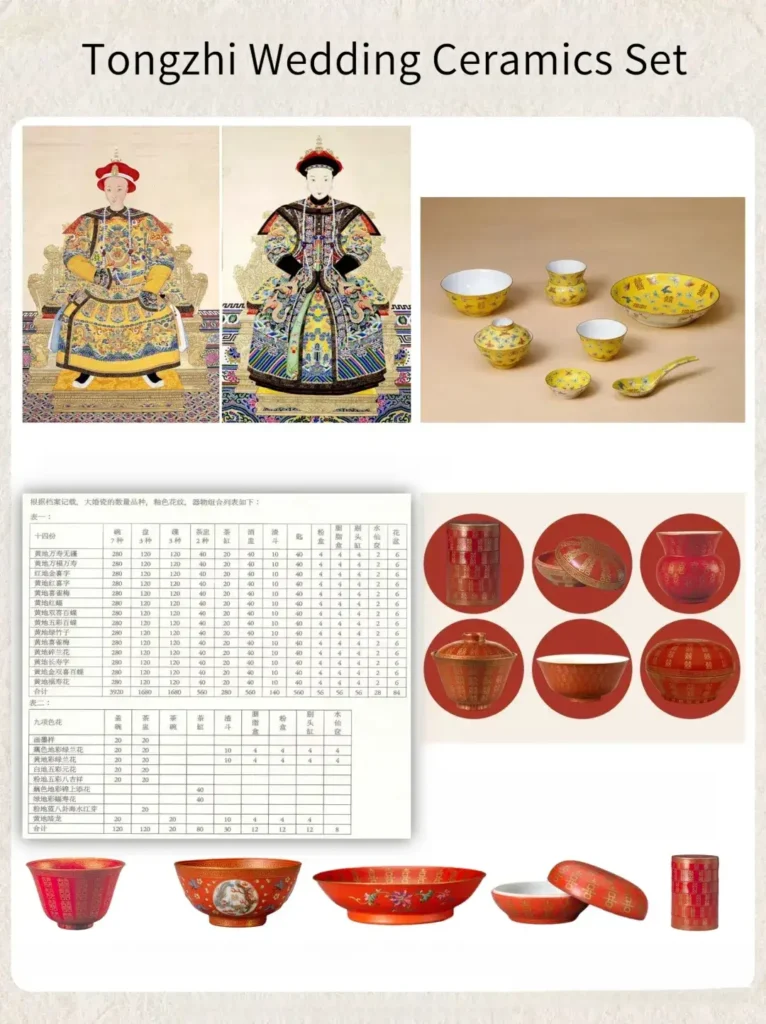
The cost of producing porcelain for the Tongzhi wedding amounted to a staggering 130,000 taels of silver. So, what exactly did this grand wedding entail?
After Emperor Kangxi, Tongzhi was the first emperor in two hundred years to perform sacred rituals within the Forbidden City, offering sacrifices to heaven and earth, honoring his ancestors, and receiving the auspicious dragon and phoenix symbols in his marriage. During Tongzhi’s reign, as the Qing dynasty entered the period of revival known as the “Tongzhi Restoration,” both the court and the public took active steps to honor Empress Dowager Cixi. They ensured that every detail was executed in grand style, treating the emperor’s wedding as a national ceremony.
From a contemporary perspective, we can revisit this momentous occasion. One person to thank for this historical memory is a foreigner, who, through words and paintings, created the first and only commemorative album of the emperor’s grand wedding. This album, filled with prints, stands as a unique testament to the event in history.

